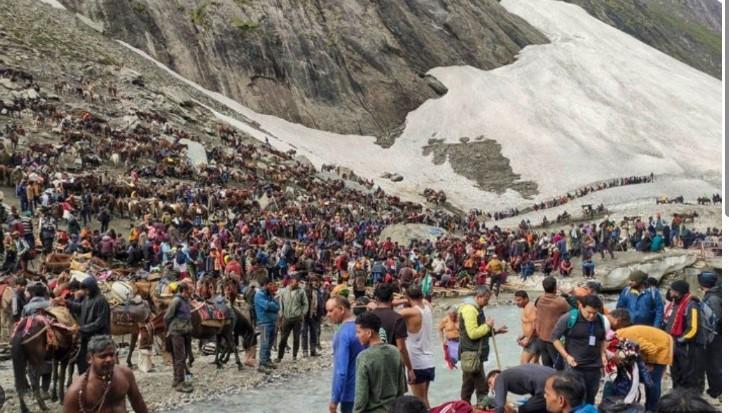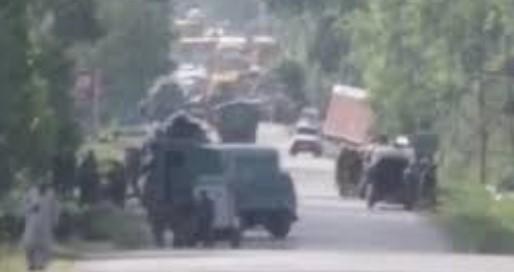The Jammu and Kashmir government on Tuesday declared the Amarnath Yatra routes as 'No Flying Zones' to enhance security for the annual pilgrimage. The two routes for the Yatra, the traditional Pahalgam route and the shorter Baltal route, will now have stricter airspace restrictions in place as part of these heightened safety measures.
The order said in view of the Shri Amarnathji Yatra, which is scheduled from July 3, various security arrangements are being undertaken for the smooth and peaceful conduct of the yatra.
No fly zone from July 1 to August 10
The declaration issued by Jammu and Kashmir Home Department on the orders of Lieutenant Governor Manoj Sinha said flying of any kind of aviation platforms and devices, including UAVs, drones, balloons, is prohibited from July 1 to August 10. However, the restrictions will not be applicable in the cases of medical evacuation, disaster management and for surveillance by security forces. A detailed SOP for such exceptions will be issued subsequently. "All stakeholders have discussed the prevailing security scenario in the UT of Jammu and Kashmir and have proposed additional logistics provisions," the order said.
It said the Union Ministry of Home Affairs has also advised that the entire route of Shri Amarnathji Yatra may be declared as 'No Flying Zone' from July 1 to August 10. "Therefore, with a view to ensure strengthened security during the Shri Amarnathji Yatra, 2025, all the routes of Shri Amarnathji Yatra are hereby declared as 'No Flying Zone', including both Pahalgam axis & Baltal axis," the order said
Facial recognition systems deployed
After the deadly terror attack in Pahalgam on April 22, every terrorist and terror associate will be under strict surveillance. Security forces have deployed facial recognition systems (FRS) on the Srinagar Baltal and Pahalgam route for the holy Amarnath Yatra 2025 to strengthen the security of pilgrims during this year's Amarnath Yatra starting from July 3.
The FRS identifies blacklisted individuals, including active terrorists and suspected overground workers, by analysing facial features from surveillance camera feeds and matching them with a centralised database. When a marked individual is detected, a hooter triggers an alert. This enables security personnel to take immediate action and neutralise the threat in real time.
Apart from this, thousands of CCTV cameras have been installed on every route of the Amarnath Yatra. More security forces are also being deployed for the safety of the pilgrims. All these big changes are being taken to completely control terrorism after the Pahalgam terrorist attack.
The beefed-up security measures come in the backdrop of the April 22 Pahalgam terror attack that left 26 people dead. The Amarnath yatra attracts thousands of pilgrims from all over the country reach year.




